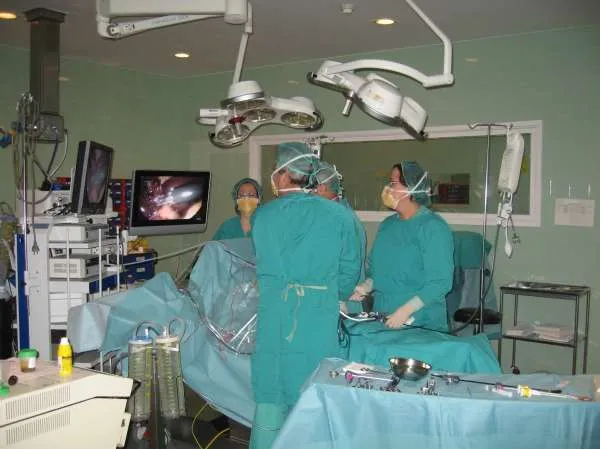Dr. Carlos Ballesta López, a native of Tejeda (Gran Canaria), has assured that currentPress.
Currently, Dr. Ballesta works at the Ruber International Hospital in Madrid, Teknon in Barcelona and at the Immaculate Hospital in Granada, in addition to having his own center in Madrid, after his career focused on research on laparoscopy (surgeryminimally invasive), as well as in obesity and diabetes type 2 operations.
In this regard, Dr. Grancanario, who claims to be "one of the few people in the world", which in a coordinated way, contributed to the invention of laparoscopy, said that at first it was thought that obese people and with diseases such asDiabetes "were not the best" to use laparoscopy, however they later realized that they were the best "in terms of the results.
Therefore, he added, they decided to focus on very diabetic obese people, the diabetics that "left over a few kilos" and people with normal weight but with diabetes, all of them with type 2 diabetes.
In this regard, he explained that he began to do surgery in very obese people in 1995 and verified that while "obesity was healed, they cured diabetes."He added that, later, the International Federation of Obesity and Metabolism surgery asked them to operate the obese people, that is, that they had a few kilos of more but that having to "modify the operation that was done before" with the very obese.
In this regard, he said that the type of operation was modified "and worked very well", so the Federation asked them to treat only type 2 diabetics "without losing weight", that was when he began performing the surgery 'Bay Passmetabolic'.
As for the operation to 'cure' type 2 diabetes, he pointed out that they previously carry out a study to verify, among other things, if there is a pancreatic reserve - the response of the pancreas - and if there is then it can be carried out.
The mode for the operation consists of surgery by laporoscopy with which the interaction of the hormones of the duodenum and the intestine on the pancreas is modified through the realization of a 'metabolic Bay Pass' so that the food "jumps the duodenum and theintestine".
"Type 2 diabetes is cured"
Dr. Ballesta says that he can currentThey need none. "
"This is a very important advance because only in Spain there are 6 million type 2 diabetics," he added.Currently, this surgery that has a cost of about 10,700 euros because, he clarified, technology is the "most expensive", since "it is disposable", it is not performed by social security.
In this sense, the doctor considered that in Social Security it probably is not done "more for lack of resources than for something else" because he pointed out that currently in public hospitals there are units of obesity, although he indicated that within a few yearsThese units will have to treat diabetes for being "more serious" than obesity in terms of the consequences it can entail, such as blindness, myocardial infarction, kidney failure, among others.
To perform the operation 'Bay Pass Metabolic', Dr. Ballesta explained that, among other parameters, they measure glycosylated hemoglobin disease (patients do it for the sugar they have in blood) that normal "is between four and six", so that a person who has" eight, if a point goes down, reduces the risk of amputation at a 43 limb due tohundred;that of a myocardial infarction by 14 percent;and 21 percent the causes of death related to diabetes. "Therefore, he said, we must try to make glycosylated hemoglobin" normalized "or the closest to normal.
Dr. Ballesta has carried out so far about 3,000 obesity operations;while in type 2 diabetic people, without obesity, more than 400.


